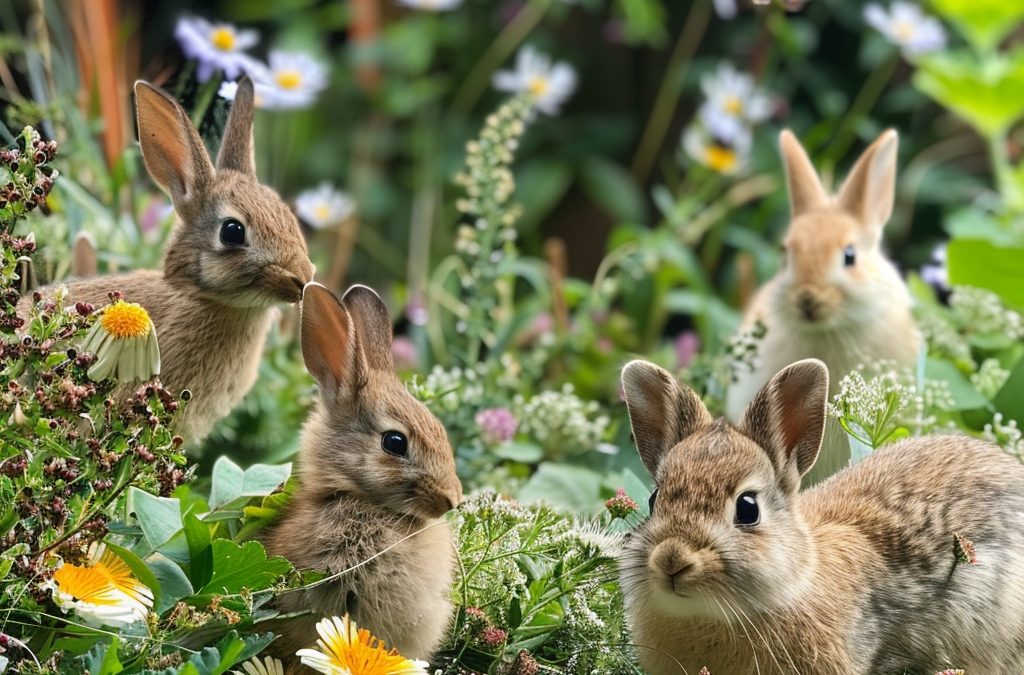In the picturesque landscapes of Middlesex County, Connecticut, the potential for individual homeowners to contribute to wildlife conservation through thoughtful landscaping is immense. The region’s diverse ecosystems, ranging from coastal marshes to lush forests, are home to an array of wildlife species. However, as urbanization and development continue to encroach upon these natural habitats, the creation of backyard environments that support local wildlife becomes not only beneficial but necessary for the preservation of biodiversity. This essay outlines strategies for Middlesex County residents to transform their gardens into sanctuaries that nurture and protect native wildlife.
Understanding Local Biodiversity
Middlesex County’s geographical diversity supports a rich tapestry of flora and fauna. From migratory birds and pollinating insects to small mammals and amphibians, each species plays a crucial role in the local ecosystem. The first step in creating a wildlife-friendly garden is to understand the specific needs of these local species, focusing on providing the resources they require to thrive: food, water, shelter, and nesting sites.
Native Plants as the Backbone of Wildlife Landscaping
Native plants are inherently adapted to Middlesex County’s climate and soil, making them the ideal choice for wildlife-friendly gardens. They offer essential nourishment and habitat for local species. Incorporating plants like the Purple Coneflower (Echinacea purpurea), which provides nectar for butterflies and seeds for birds, and the Milkweed (Asclepias spp.), crucial for Monarch butterflies, can create a vibrant ecosystem right in your backyard. The addition of native grasses and shrubs can further enhance habitat diversity, catering to the needs of various wildlife species.
Water Features: A Lifeline for Wildlife
Incorporating water features such as ponds, streams, or even bird baths can significantly increase the attractiveness of your garden to wildlife. These features provide essential hydration, breeding grounds for amphibians, and bathing spots for birds and insects. Given Middlesex County’s variable terrain, water features can be designed to mimic natural water bodies, blending seamlessly with the local landscape.
Creating Shelter and Nesting Opportunities
Shelter is a critical component of wildlife-friendly gardens, offering refuge from predators and harsh weather conditions. Natural debris, such as leaf litter and fallen logs, can provide hiding spots for insects and small mammals. Birdhouses, bat boxes, and butterfly shelters can also encourage these creatures to take up residence in your garden. When placing these shelters, consider the habitat preferences of different species to maximize their effectiveness.
Emphasizing Eco-Friendly Practices
To truly support wildlife, it is imperative to adopt gardening practices that do no harm. Avoiding chemical pesticides and fertilizers protects not only the visiting wildlife but also the health of the soil and waterways. Composting and the use of natural pest control methods can maintain a healthy garden ecosystem without the adverse effects of synthetic chemicals.
Engaging with the Community
Creating a wildlife-friendly garden in Middlesex County is not just a solitary endeavor but a contribution to a larger community effort to preserve local biodiversity. Sharing experiences, knowledge, and plant resources with neighbors can inspire others to undertake similar initiatives, gradually expanding the network of backyard habitats across the region. Community involvement can also lead to collaborative projects, such as the creation of wildlife corridors and the restoration of local natural areas.
Conclusion
The transformation of private gardens into havens for local wildlife represents a powerful grassroots approach to conservation in Middlesex County, Connecticut. By prioritizing native plantings, water conservation, shelter provision, and sustainable gardening practices, homeowners can play a pivotal role in supporting the region’s biodiversity. These efforts not only contribute to the ecological health of the county but also offer residents the opportunity to connect with nature, witnessing firsthand the beauty and complexity of the natural world.

